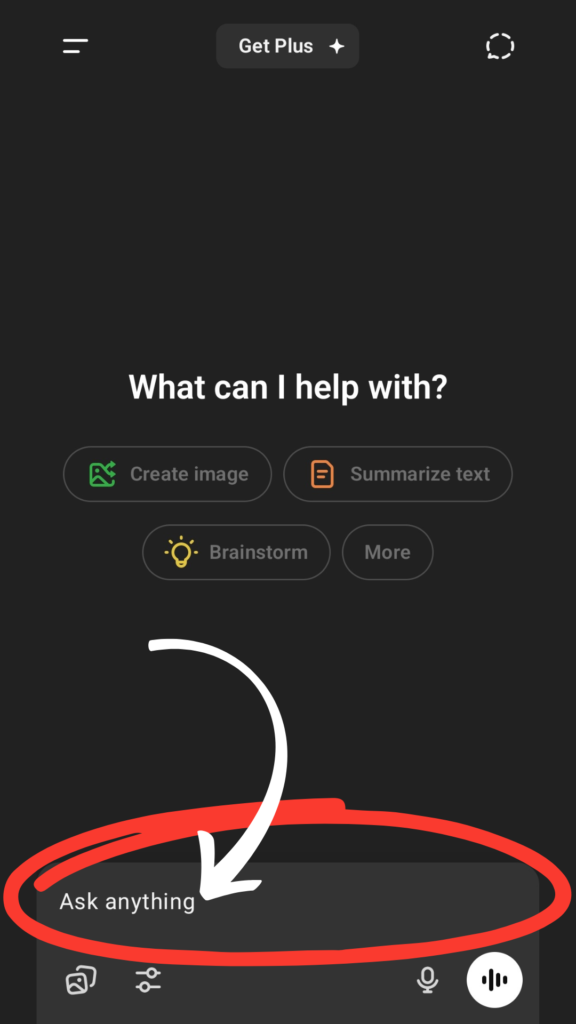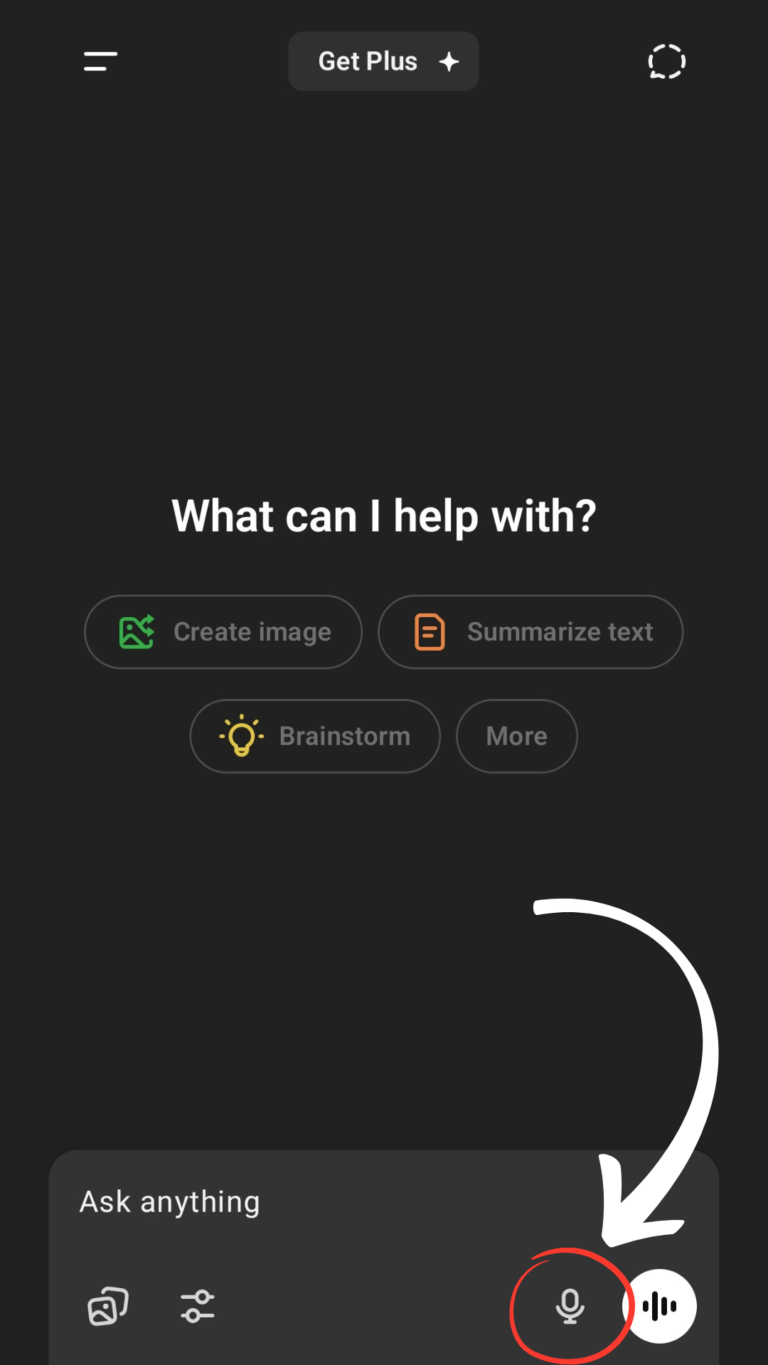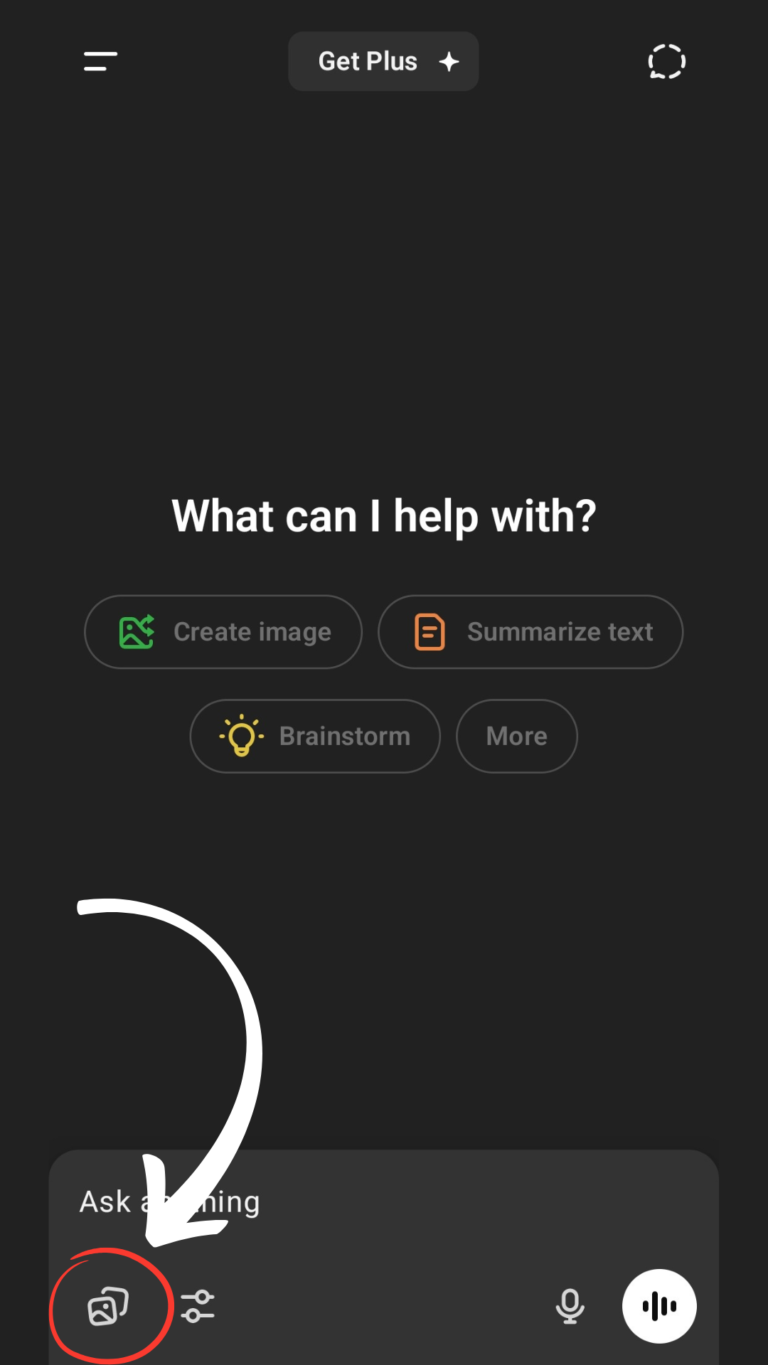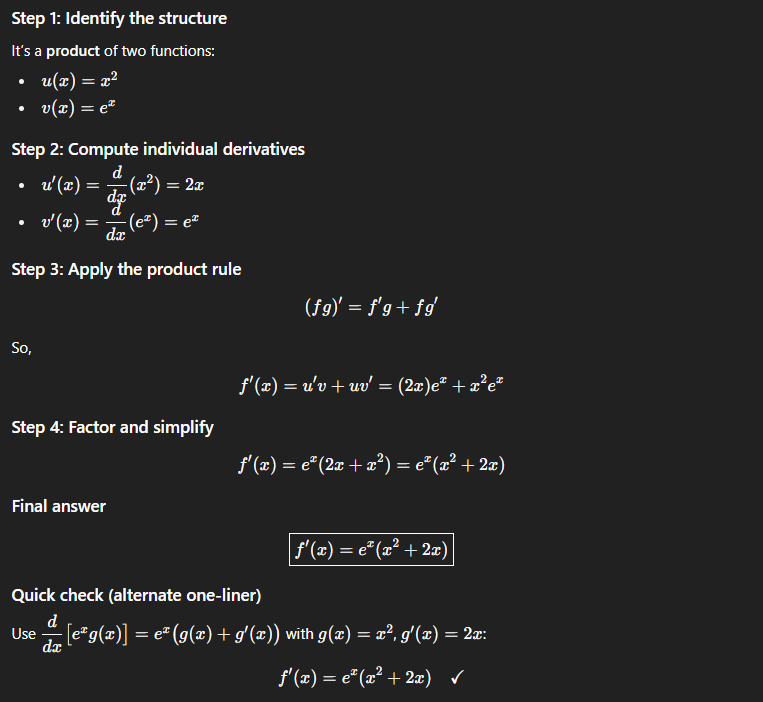How To Study For JEE with ChatGPT ?

Index
- Introduction – Adding ChatGPT To Your JEE Preparation.
- How To Use ChatGPT Input Methods For JEE.
- Examples For Using ChatGPT Prompts For JEE Subjects.
- Practice Using AI & Prompting With Google AI Chatbot.
- Conclusion
- FAQs.
- Related Articles.
JEE preparation with Your AI-Powered Study Partner: ChatGPT
Preparing for the JEE (Joint Entrance Examination) arguably one of the toughest competitive exams in India—demands discipline, deep understanding, and smart strategies. But what if you had a personal tutor, doubt solver, and revision expert all rolled into one, available 24/7? That’s exactly what ChatGPT offers when combined with your books, coaching material, and mock tests.
ChatGPT can help you understand complex concepts, solve tricky problems, generate practice questions, and even explain step-by-step solutions. It’s like having a 360-degree AI-powered learning assistant to support your JEE prep every step of the way.
I’ve personally seen the power of AI since ChatGPT came out in November 2022, using it daily in my digital work. Tools like Google Gemini are vital for me to improve and learn new skills. This direct involvement, including building this website, showcases AI’s practical value. AI can certainly be a great aid in your personal and academic pursuits if you want to learn.
Let’s see how ChatGPT can be your essential ally for JEE prep.
How Can ChatGPT Help with JEE Preparation ?
Get clear answers and explanations for questions in Physics, Chemistry, Maths, or any other JEE-related subject.
Easily locate helpful videos and books online to deepen your understanding of JEE topics.
Access sample papers and practice material designed to build your confidence for the JEE exam.
Find help with JEE project material, images, statistics, and all your other learning needs.
and anything else you need to support all your JEE preparation needs.
Ready to Learn how to study anything in your JEE syllabus with the help of OpenAI's powerful tool ChatGPT ?
All You Need is
- Your notes or your text book
Before you start, you need access to ChatGPT. You can either download the app or use it on your browser:
On mobile (iOS or Android):
Download ChatGPT from the App Store
Download ChatGPT from Google PlayOn browser:
Visit ChatGPT on web
Create a free account or log in.
- Read this article to learn how
That’s All you need to make yourself a tutor ready to answer all your questions, at anytime for FREE !!!
And remember to share this article with anyone you think may need it.
How To Use ChatGPT Input Method's For JEE Prep.
1. Text Prompts

Type in questions, ask for derivations, solve numerical problems, or request concept explanations.
Example: “Explain the concept of work function in photoelectric effect with a formula.”
2. Voice Input

Use voice commands to ask doubts when you’re on the go or tired of typing. It’s like having a spoken conversation with your tutor.
Example: Say, “Explain the difference between SN1 and SN2 reactions with examples.”
3. Image Input

Snap a photo of a difficult diagram or handwritten problem. ChatGPT can read and solve questions based on visuals—especially useful for geometry, physics circuit diagrams, or organic mechanisms.
Example: Upload a problem from a worksheet and ask: “Solve this question and explain the steps.”
ChatGPT Prompt Examples For JEE Preparation.
Example 1: JEE Physics – Kinematics
“A particle moves in a straight line with an initial velocity of 5 m/s and constant acceleration of 2 m/s². Find the displacement in 4 seconds.”
Your ChatGPT Text Prompt
“Use kinematics (s = ut + ½at²). Show substitutions clearly and add a quick consistency check.”
How ChatGPT Will Answer (Like a Personal Tutor):
ChatGPT currently supports 20 Indian languages. Some are - Hindi, Bengali, Gujarati, Kannada, Malayalam, Marathi, Tamil, Telugu, and Urdu.
Click to enlarge.
Example 2: JEE Chemistry – Organic Chemistry
“What is the mechanism of aldol condensation? Explain with an example.”
Your ChatGPT Text Prompt
“Define aldol condensation, outline the base-catalyzed mechanism (enolate formation → C–C bond formation → aldol → dehydration), and illustrate with ethanal under NaOH.”
How ChatGPT Will Answer (Like a Personal Tutor):
ChatGPT currently supports 20 Indian languages. Some are - Hindi, Bengali, Gujarati, Kannada, Malayalam, Marathi, Tamil, Telugu, and Urdu.
Click to enlarge.
Example 3: JEE Mathematics – Calculus
Your ChatGPT Text Prompt
Upload Image of the Equation
Solve this equation step by step and explain the steps
How ChatGPT Will Answer (Like a Personal Tutor):
ChatGPT currently supports 20 Indian languages. Some are - Hindi, Bengali, Gujarati, Kannada, Malayalam, Marathi, Tamil, Telugu, and Urdu.

Click to enlarge.
Practice and Perfect Your Prompts with Our AI Tutor (Powered By Gemini)
How It Works –
- Choose Your Course: Select the subject you want to practice.
Get Your Question: Our AI will ask you a question from the official syllabus.
Write Your Prompt: Try to get the answer by writing the best prompt you can.
Receive Instant Feedback: The AI will provide the correct answer and review your prompt, giving you tips to make it better.
AI Study Assistant
Your AI-Powered Edge in Conquering the JEE
Preparing for JEE is not just about hard work—it’s about smart work. And in this era of AI, smart students are the ones who leverage tools like ChatGPT to learn more effectively. Whether you’re solving integrals, cracking organic chemistry, or understanding rotational motion, ChatGPT acts as a round-the-clock AI tutor—explaining, solving, and revising with you.
Combine this AI power with your NCERT books, coaching notes, and mock test series, and you have a winning strategy. With ChatGPT, your JEE preparation becomes more interactive, efficient, and tailored to your learning pace.
Written By
Prateek Singh.
Last Updated – August, 2025
About The Author
Prateek Singh believes the best way to learn is to get your hands dirty. He went from talking to customers in sales to building the online platforms they use. IndiaShouldKnow.com is his way of sharing that practical, hands-on knowledge with you.
FAQs About Using AI.
Q: Can I trust every answer an AI tool gives me for my studies?
A: No, you should not trust every answer completely. Think of an AI as a super-smart assistant that has read most of the internet—but not every book in the library is accurate.
AI can sometimes make mistakes, misunderstand your question, or use outdated information.
It can even “hallucinate,” which means it confidently makes up an answer that sounds real but is completely false.
Rule of Thumb: Use AI answers as a great starting point, but never as the final, absolute truth. Always double-check important facts.
Q: How can I verify the information I get from an AI for my academic work?
A: Verifying information is a crucial skill. It’s like being a detective for facts. Here are four simple steps:
Check Your Course Material: Is the AI’s answer consistent with what your textbook, lecture notes, or professor says? This is your most reliable source.
Look for Reputable Sources: Ask the AI for its sources or search for the information online. Look for links from universities (.edu), government sites (.gov), respected news organizations, or published academic journals.
Cross-Reference: Ask a different AI the same question, or type your question into a standard search engine like Google. If multiple reliable sources give the same answer, it’s more likely to be correct.
Use Common Sense: If an answer seems too perfect, too strange, or too good to be true, be extra skeptical and investigate it further.
Q: What is the difference between using AI for research and using it to plagiarize?
A: This is a very important difference. It’s all about who is doing the thinking.
Using AI for Research (Good ✅):
Brainstorming topics for a paper.
Asking for a simple explanation of a complex theory.
Finding keywords to use in your library search.
Getting feedback on your grammar and sentence structure.
You are using AI as a tool to help you think and write better.
Using AI to Plagiarize (Bad ❌):
Copying and pasting an AI-generated answer directly into your assignment.
Asking the AI to write an entire essay or paragraph for you.
Slightly rephrasing an AI’s answer and submitting it as your own original thought.
You are letting the AI do the thinking and work for you.
Q: How can I use AI ethically to support my learning without violating my school's academic honesty policy?
A: Using AI ethically means using it to learn, not to cheat. Here’s how:
Know the Rules: First and foremost, read your school’s or professor’s policy on using AI tools. This is the most important step.
Be the Author: The final work you submit must be yours. Your ideas, your structure, and your arguments. Use AI as a guide, not the writer.
Do the Heavy Lifting: Use AI to understand a topic, but then close the chat and write your summary or solve the problem yourself to make sure you have actually learned it.
Be Transparent: If you used an AI in a significant way (like for brainstorming), ask your professor if you should mention it. Honesty is always the best policy.
Q: Can an AI's answer be biased? How can I detect this in its responses?
A: Yes, an AI’s answer can definitely be biased. Since AI learns from the vast amount of text on the internet written by humans, it can pick up and repeat human biases.
Here’s how to spot potential bias:
Look for Opinions: Does the answer present a strong opinion as a fact?
Check for One-Sidedness: On a topic with multiple viewpoints (like politics or economics), does the AI only show one side of the argument?
Watch for Stereotypes: Does the answer use generalizations about groups of people based on their race, gender, nationality, or other characteristics?
To avoid being misled by bias, always try to get information from multiple, varied sources.
Q: Is it safe to upload my personal notes, research papers, or assignments to an AI tool?
A: It is best to be very careful. You should not consider your conversations with most public AI tools to be private.
Many AI companies use your conversations to train their systems, which means employees or contractors might read them.
There is always a risk of data breaches or leaks.
A Simple Safety Rule: Do not upload or paste any sensitive information that you would not want a stranger to see. This includes:
Personal identification details.
Confidential research or unpublished papers.
Your school assignments before you submit them.
Any financial or private data.
Related Articles
Sign Up for Our Newsletter To Learn More About the Latest In AI And Learn How To Use It.
Unlock your learning potential and stay ahead in the age of AI! Join the IndiaShouldKnow.com newsletter to discover how to seamlessly integrate AI into your studies for school, entrance exams, college courses, for your Career and Life. Plus, get the latest insights on cutting-edge AI tools that can empower your career and enrich your life. Subscribe now for monthly updates.


